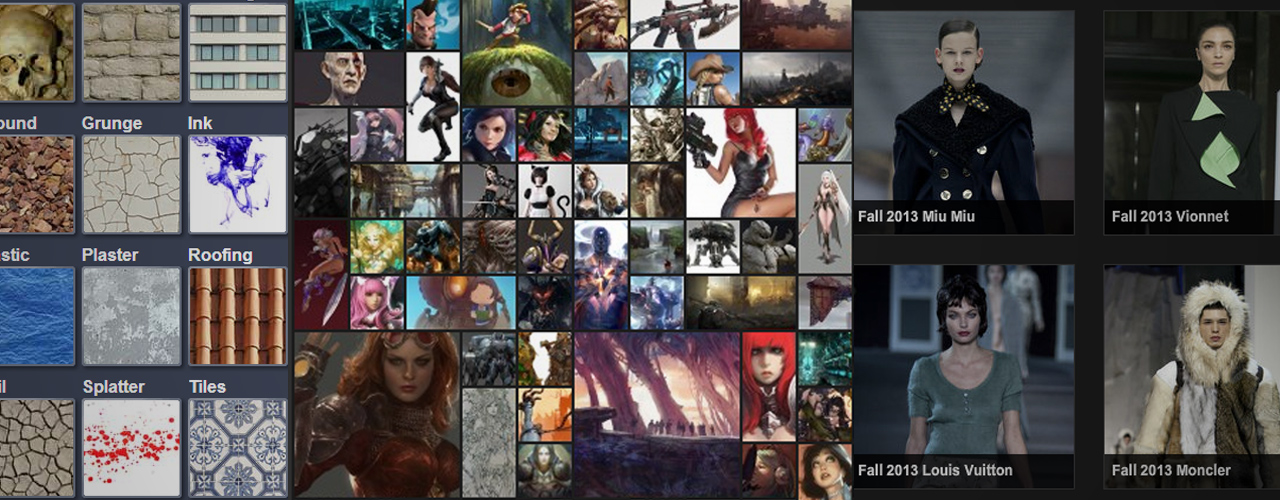I'm often getting asked by readers about my sources for reference materials. After all, if you've watched Observation to Imagination, you know that I use a lot of reference. Reference is great for both studies and final illustrations, any quality matters. Low quality reference materials are generally less informative than high quality sources. In today's blog post I'll give you a basic rundown of my favorite sources for reference materials and why I like them.
Before I get into specific categories, I want to mention a bit of search advice. When using google image search, specificity is your friend. "German Luftwaffe Helmet" is much better than "army helmet". With this in mind, I will often do text searches before I do image searches in order to find more specific words. For instance I might first study up a bit on wikipedia to learn a bit more depth before jumping to image search. Even if all I want is an image, knowing enough about your subject to have specific terminology is very useful.
Anatomy
For whatever reason, anatomy reference is always tricky to find on the internet. Sometimes I'll find an interesting tutorial or guide on DeviantArt, but my primary source for anatomy reference is printed books. My favorite authors are Loomis, Bridgman, Villppu, and Hogarth. I'm not opposed to newer online sources, but I've had better luck in print.
Costume
Costume design often has very specific requirements like historical accuracy, and as such your reference materials will vary. There are some great illustrated books of historical costume reference, and google searches can yield nice historical images (remember to be specific). For modern costume or sci-fi I like to use fashion photography. The New York Times online always does a nice job showcasing runway events. Street style fashion blogs are also really great for edgy designs - my favorite being the Sartorialist.
Landscape
My favorite for high-quality outdoor imagery is Flickr. The vacation photos alone make Flickr an amazing window onto the world. Specific locations are a good way to search Flickr - so a travel article or two might help you find the names of cool exotic locations. Once you have the location, try searching it on Flickr with different modifiers like "in the fog" or "sunset".
Vehicles
If you're designing space ships or hover-bikes, it's tempting to be inspired by other paintings of space ships and hover-bikes. The problem with this strategy is that you end up with derivative designs. To keep things fresh, it is much better to use real world machines as your reference. If you don't know much about cars, construction vehicles, or space shuttles it's worth doing a bit of text research first. Once you have specific names, though, you'll be able to find plenty of reference on google image search.
Texture
If I want to design a brush or create a textural overlay, I love to use CGTextures.com. This site has the biggest library of free, high quality, textures I've ever seen.
General Inspiration
Sometimes you want style reference, not subject-matter reference. If you're trying to figure out how other artists paint water, for instance, you would want to work from paintings instead of photos. My favorite place to get current concept art and illustration is on CGHub.com. It's not as searchable as google images, but it's filled with high quality work. I also love to check in on the blogs GorillaArtfare and Muddy Colors. Ultimately, I have a long list of inspirational artist - and if you want to hear more of them make sure to follow me on Twitter.
Bottom Line
Reference is extremely useful, but it's often only as good as your search term. Even though it sounds mundane, honing your search-term-skills is very worthwhile. Since the internet is stuffed to the gills with images, knowing how to filter them is an art all of its own. If you have any websites you'd like to add to this list, please share them in the comments!

